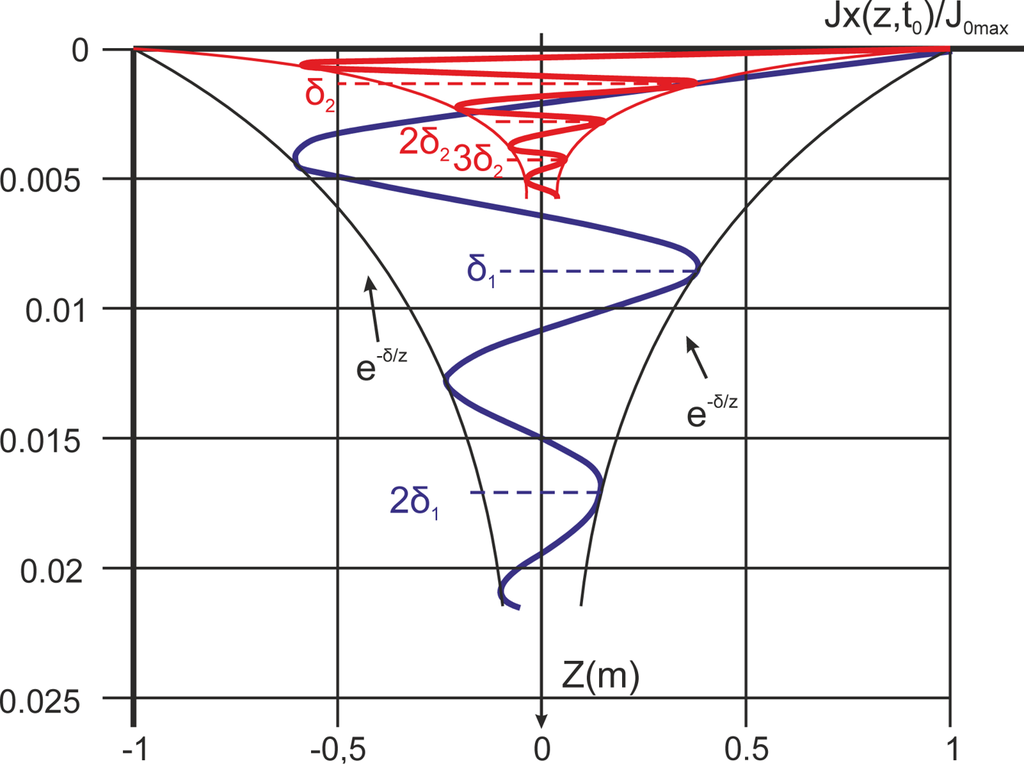Eddy Current Sensor Applications

While the eddy current sensor’s operating principles are in line with Faraday’s Laws, it’s the eddy currents’. Applications and Usage . The high cut-off frequency of eddy-current sensors enables metrological detection of distance values even in fast processes, such as machine lathes and crank shafts, and IP67 protection ensures they.
Eddy current sensor applications. Eddy Current Sensors and the Industrial Internet of Things.. Inductive eddy current sensors operate by generating a high frequency electro-magnetic field about the sensor coil which induces eddy currents in a target material. A conductive target is required, but a ground connection to the measuring system is not necessary.. applications. Kaman specializes in inductive, eddy current technology. Our sensors provide non-contact indication of linear position/displacement by outputting an analog voltage, or, in some cases, a current that is proportional to the distance between the sensor face and the target being sensed. Eddy current technology requires an electrically conductive target. It does not need to be […] Furthermore eddy current sensors are perfectly suited for the observation of dynamic events. Eddy current sensors of the TX-Series stand out with an excellent dynamic range >100 kSa/s and resolutions in the sub-micron range. With this premise the eddy current sensor is suitable for general motion analysis and in automotive applications. The eddy current sensor needs to be optimized for carbon materials. Different sensor types, such as absolute, differential and compensated sensors, can be used for single sensor probing. The single sensor configuration is a directional sensor with a high spatial resolution due to its high-focusing point-spread function (PSF) [ 8 ] [ 9 ].
eddy current proximity sensor Formula. The target material must be at least three times thicker than the effective depth of the eddy currents to make the transducer successful because the transducer assumes that the eddy currents are localized near the surface of a semi-infinite solid and the actual eddy current amplitude decreases quadratically with distance. An eddy current is a current set up in a conductor in response to a changing magnetic field. They flow in closed loops in a plane perpendicular to the magnetic field. By Lenz law, the current swirls in such a way as to create a magnetic field opposing the change; for this to occur in a conductor, electrons swirl in a plane perpendicular to the. Vacuum applications have certain considerations when using eddy-current sensors. Learn more from our technical library.. Eddy-Current Sensor TechNote LT02-0021.. The epoxy in the probes has been specifically tested for vacuum applications requiring low outgassing. Probe cabling uses a PTFE jacket which is highly stable and produces very. Eddy Current Sensors. Inductive Proximity Sensors using the eddy current principle are perfect for applications in harsh environments due to their high insensitivity to oil, dirt, dust, moisture and interference fields.
Eddy current sensors are primarily used for displacement and position measurement of electrically conductive targets. They are generally used for measuring ferromagnetic and non-ferromagnetic materials. They are suitable for applications in harsh industrial environments due to their superior tolerance for oil, dirt, dust, moisture and magnetic interference fields. Numerous testing and measurement tasks can be fulfilled with our eddy current sensors. In this case, physical effects of the changes in quality of a resonance oscillation circuit are used for measuring. positions, gaps or; thicknesses. Electrically conductive materials are tested with eddy current sensors. Eddy current sensors detect the distance or the change to metal objects without contact, dynamically and extremely accurately. The TX electronics which are specially adapted to the respective sensor calculate an analogue output signal proportional to the distance. In addition, there is a USB and CAN interface for reading the data. Eddy currents (also called Foucault's currents) are loops of electrical current induced within conductors by a changing magnetic field in the conductor according to Faraday's law of induction.Eddy currents flow in closed loops within conductors, in planes perpendicular to the magnetic field. They can be induced within nearby stationary conductors by a time-varying magnetic field created by an.
We are specialists in the fields of LVDT displacement sensors (up to 1000 mm displacement) and eddy current sensors (up to 50 mm displacement), as well as measuring amplifiers and sensors in the field of displacement/position measuring technology. History. Eddy current testing (ECT) as a technique for testing finds its roots in electromagnetism. Eddy currents were first observed by François Arago in 1824, but French physicist Léon Foucault is credited with discovering them in 1855. ECT began largely as a result of the English scientist Michael Faraday's discovery of electromagnetic induction in 1831. The inductive measuring system is designed for applications in industrial processes. As it is compatible with more than 100 sensor models, versatile applications can be solved. The eddyNCDT 3070 eddy current system is designed for small measuring ranges below 1 mm. It offers high performance while being suitable for industrial and universal use. The sensors are resistant to dirt, pressure and extreme temperatures, it's these features that make eddy current senors one of the best performing sensors in extreme environments. With a maximum frequency response of 100kHz (-3dB) the sensors can operate at high speed in oscillation and vibration applications.









